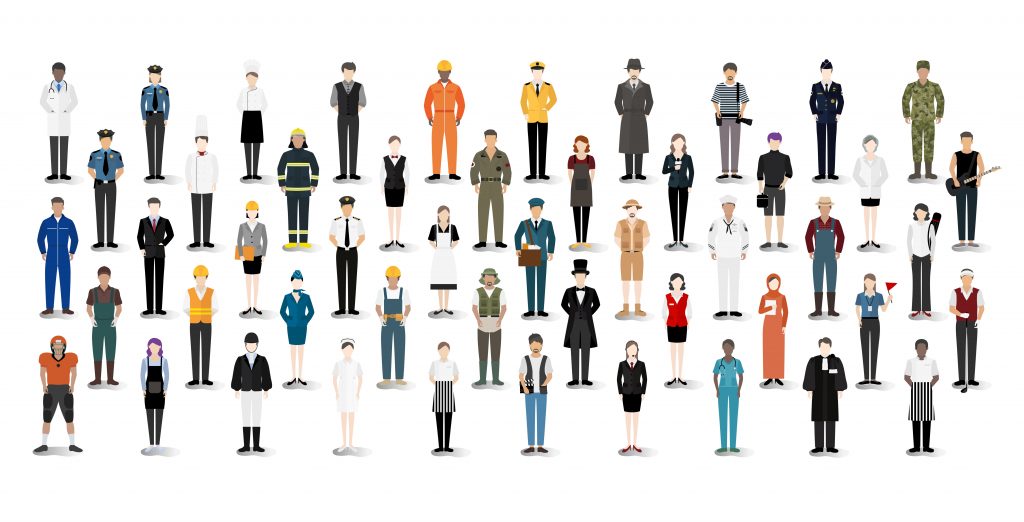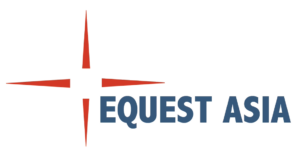Improving Accountability at Work
Improving Accountability at Work To be accountable means an obligation or willingness to accept responsibility or to account for one’s actions. In an ideal setting, employees are accountable to their colleagues and the organization. But, we live in a world where accountability means differently to each person. How many times have you witnessed the blame game or employees not owning up to their mistakes? Perhaps, quite a few or more if you’ve worked for many years. Often, responsibility is used in place of accountability, but these two are different. The latter refers to what occurs after something has happened. For instance, an employee is responsible for fixing a piece of equipment. After repairs, that same employee is held accountable if the machine’s performance is subpar or fails. Usually, only one person is accountable for what happens after completing a task. This could be any employee, including supervisors, managers and the CEO. If you are a leader, you know you must ensure things get done right. In the end, you’re always answerable for any negative consequence. But accountability has a good side too. Improved performance, better teamwork, increased morale and creativity are benefits when employees become more accountable. So, here’s how you achieve these with the following steps. 1. Communicate effectively If you’ve been reading our blogs, you’ll always find communication is part of the solution. Your colleagues perform well if you communicate your expectations or desired results. Also, don’t forget to express your belief in their abilities. When you do, you empower your colleagues. Remember that people work better when their leaders trust them enough to do the job. 2. Set the example You put a plan into action and along the way, things go wrong. Own up and avoid using external factors as excuses. Likewise, when somebody else is being held accountable for your actions, don’t wait for others to clear things up. Just say you’re responsible. 3. Get feedback Ask for regular updates on the status of ongoing tasks or projects. Sometimes, you might need to catch up on important details or unforeseen developments. This is an opportunity for your colleagues to ask questions or express doubts. They may not be as confident as you are on expected outcomes. Also, they might have concerns with you they’re hesitant to bring up. Lastly, when you’re accountable, you’ll be praised when successful. When this happens, recognize the efforts of those working with you.
Improving Accountability at Work Read More »




